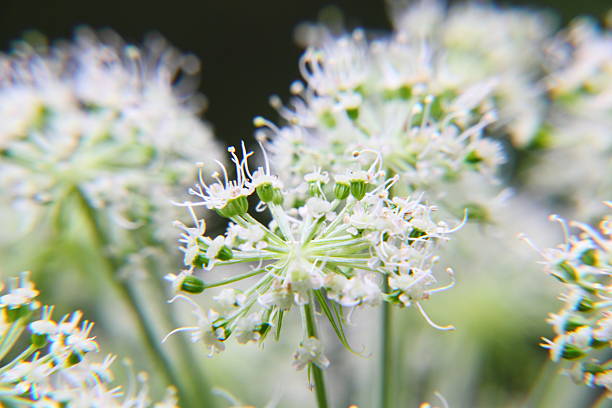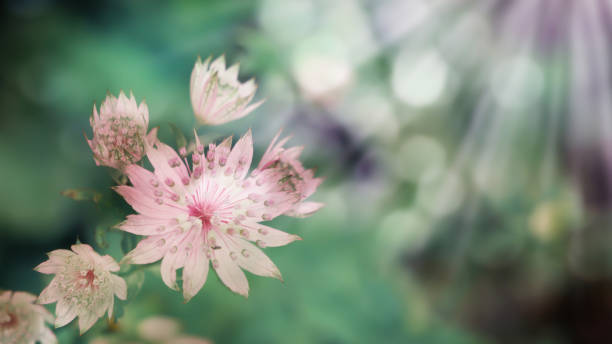Does Astrantia Grow In Shade?
Astrantia is a hardy plant that can thrive in full sun and full shade as long as it receives plenty of water. For most of the day, there should be some morning sunlight and dappled shade for the best astrantia conditions. You should plant Astrantia where it can get some sunlight, but not too much. Astrantia can withstand harsh winters and a wide range of growing conditions in the north and midwest. Still, it doesn’t do well in the south’s heat and humidity. It requires a rich, consistently moist soil rich in organic matter. If the plant gets a few hours of sunlight in the morning, it should spend the rest of the day in dappled shade. If grown in full shade, the plants will flower infrequently.

Table of Contents
Astrantia Characteristics
Astrantia major, also known as greater masterwort, is a perennial herb of the carrot family in Europe and Western Asia. It grows in wet areas near streams in mountain meadows, grasslands, and woodland clearings. Each floret (two to three) “Domed umbels of tiny greenish-white flowers (to about 1 cm in diameter) cover the stems. It forms a delicate pincushion-like center, surrounded by a showy collar of papery involucral bracts (to about 1 cm in diameter). The flowering stems have wiry, branched and nearly leafless stems that rise above a clump of deeply divided deep green leaves (3-6) “the palmately cut into 3 to 7 (usually 5) toothed lobes.
‘Roma’ is a clump-forming upright umbelliferous stoloniferous masterwort. It can reach a height of 20-25 inches. Compound umbels of flowers are the most common form of arrangement. Pincushion-like umbels containing rose-red florets are subtended by a showy ruff of light silver-pink involucral bracts. Bracts are usually attractive even after the flowers have faded. On stems that rise above the basal clump of foliage, flowers bloom from late spring to midsummer. The medium-green leaves are palmately divided into five doubly serrate lobes, each on a separate leaf.
Astrantia Bloom Time
They usually bloom from early to mid-summer. Many of the varieties that we sell are made so that they bloom for a very long time, from early summer to the end of early fall. Deadhead spent blooms to encourage more blooms to grow. It’s easy to cut the flowers into long-lasting bouquets, and they also dry well for winter decor.

Requirements for Growing Astrantia
Location
Cottage gardens are the most commonplace to find this wild plant. You can grow it in shady areas of your yard. During the hottest parts of the day, it needs partial to full shade from the sun’s rays.
Water
Always keep the soil evenly moist. If you live in warm places, you need to water it more often.
Soil
Astrantia can grow in a variety of soil types. It prefers organic-rich soil. However, while Astrantia will grow in heavy clay soil, it prefers the lighter, richer, loamy soils that retain moisture while draining any stagnant liquid that accumulates.
Mulching
Mulch your astrantias to a depth of three to four inches. Soil that is mulched retains moisture and is less prone to weeds. It is an excellent way to keep the soil moist and even. When watering, do so thoroughly and frequently to maintain an even soil moisture level. For prolonged periods of dry soil, it will not be able to thrive.
Fertilizer
In the spring, use a balanced liquid fertilizer to feed the plant. Follow the directions on the label for application. Use leaf mulch or compost to cover the soil in the fall.
Compost, dried leaves, and even used coffee grounds can be added to the soil to provide additional organic nutrition. The acidity from the coffee grounds will be just right for the Astrantia. Bare root astrantias should be planted with their crowns 12 – 1 inch below the soil’s surface, and their roots spread out and downward. Don’t over-compact the soil when you’re filling in the space.
